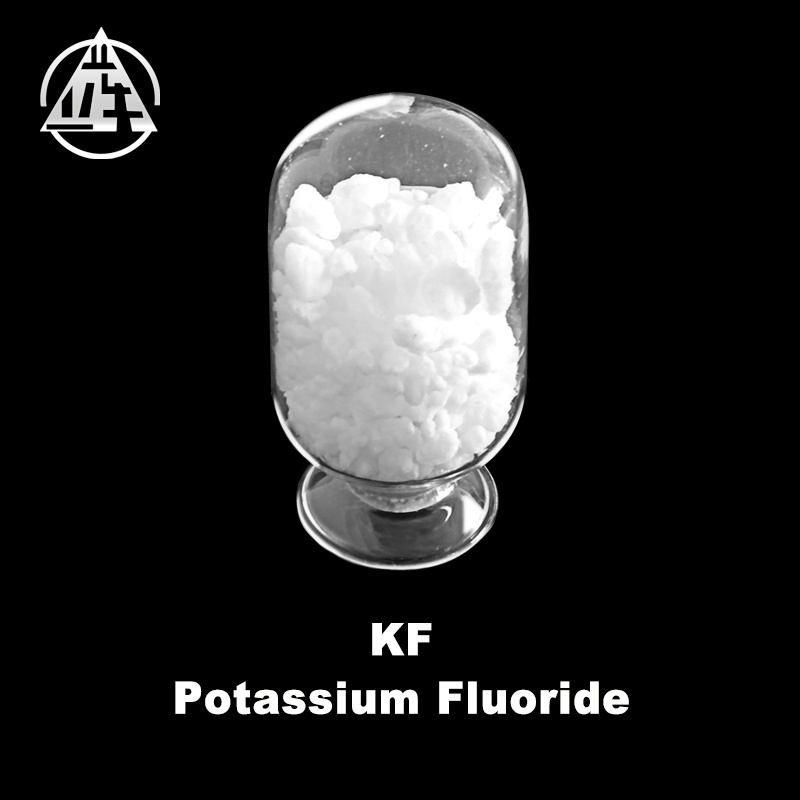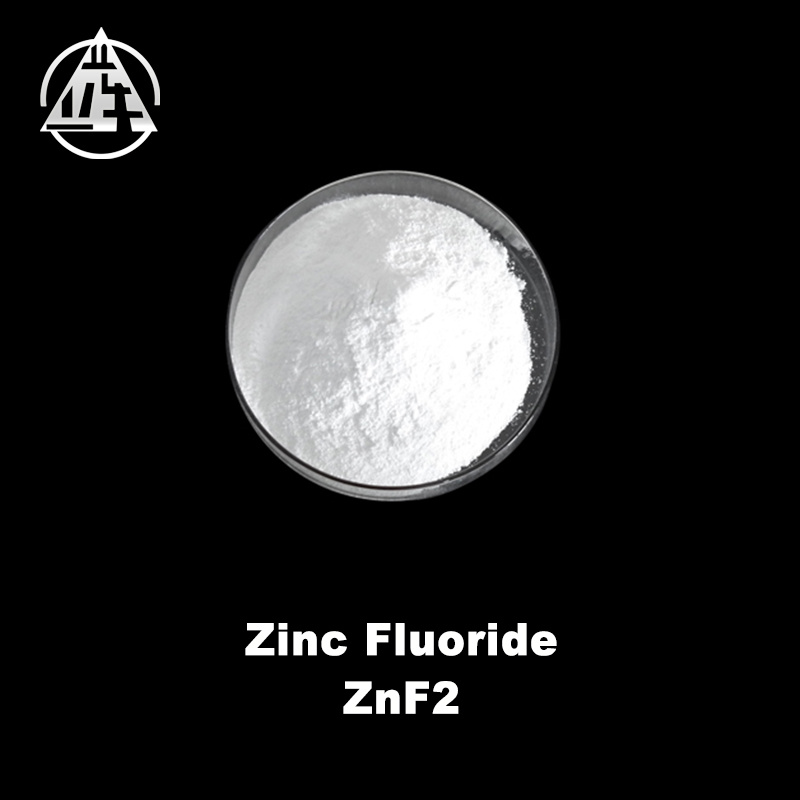Scandium Fluoride (ScF3): A Versatile Inorganic Salt in the Chemical Industry
Release Time:
2023-09-11
Introduction: Scandium fluoride (ScF3) is a prominent inorganic salt widely utilized in the chemical industry, specifically in the production of various inorganic materials. With its unique properties and versatility, it plays a crucial role in the synthesis and development of several important compounds. This article delves into the applications and significance of scandium fluoride, shedding lig
Introduction:
Scandium fluoride (ScF3) is a prominent inorganic salt widely utilized in the chemical industry, specifically in the production of various inorganic materials. With its unique properties and versatility, it plays a crucial role in the synthesis and development of several important compounds. This article delves into the applications and significance of scandium fluoride, shedding light on its contribution to the field of inorganic chemical manufacturing.
1. Catalysts and Catalysis:
Scandium fluoride (ScF3) exhibits excellent catalytic properties, making it an indispensable component in the manufacturing of catalysts. As a catalyst, it facilitates crucial chemical reactions by lowering the activation energy required, thus enhancing reaction rates. Its effectiveness as a catalyst extends to important processes, including petroleum refining, polymerization, and pharmaceutical synthesis.
2. Optical Coatings:
Due to its unique optical properties, scandium fluoride finds extensive use in the production of optical coatings. These coatings are applied to various surfaces, such as lenses, mirrors, and windows, to enhance their optical performance. ScF3 coatings effectively reduce reflectance, minimize glare, and improve light transmission, making them vital in applications like high-quality camera lenses, telescopes, and optical instruments.
3. Fluoride Ion Batteries:
The emergence of scandium fluoride as a promising material for fluoride ion batteries has garnered significant attention. These batteries, with their potential to store and release large amounts of energy, hold promise for electric vehicles and grid energy storage. ScF3, as a fluoride host material, offers a high capacity for reversible fluoride ion insertion and extraction, contributing to the development of efficient fluoride ion batteries.
4. Ceramic and Glass Industry:
Scandium fluoride serves as a crucial ingredient in the manufacture of advanced ceramics and glasses. It imparts desirable properties such as high strength, enhanced mechanical performance, and improved thermal stability to these materials. ScF3's presence in ceramic compositions results in materials with exceptional resistance to wear, corrosion, and thermal shock, making them valuable in aerospace, electronics, and defense industries.
5. Scientific Research:
Scandium fluoride finds extensive use as a research material in various scientific studies. Its unique properties, including its ability to form complex compounds, make it an ideal subject for investigation in fields such as materials science, chemistry, and physics. Researchers explore its behavior under different conditions, aiming to unlock its full potential and discover new applications.
Conclusion:
As an essential inorganic salt in the chemical industry, scandium fluoride (ScF3) proves its significance in various applications. From catalysis and optical coatings to fluoride ion batteries and advanced ceramics, its versatile properties contribute to the development of innovative materials and technologies. Embracing the potential of scandium fluoride opens up new avenues for advancements in the field of inorganic chemical manufacturing, leading to improved products and processes.
Scandium fluoride (ScF3) is a prominent inorganic salt widely utilized in the chemical industry, specifically in the production of various inorganic materials. With its unique properties and versatility, it plays a crucial role in the synthesis and development of several important compounds. This article delves into the applications and significance of scandium fluoride, shedding light on its contribution to the field of inorganic chemical manufacturing.
1. Catalysts and Catalysis:
Scandium fluoride (ScF3) exhibits excellent catalytic properties, making it an indispensable component in the manufacturing of catalysts. As a catalyst, it facilitates crucial chemical reactions by lowering the activation energy required, thus enhancing reaction rates. Its effectiveness as a catalyst extends to important processes, including petroleum refining, polymerization, and pharmaceutical synthesis.
2. Optical Coatings:
Due to its unique optical properties, scandium fluoride finds extensive use in the production of optical coatings. These coatings are applied to various surfaces, such as lenses, mirrors, and windows, to enhance their optical performance. ScF3 coatings effectively reduce reflectance, minimize glare, and improve light transmission, making them vital in applications like high-quality camera lenses, telescopes, and optical instruments.
3. Fluoride Ion Batteries:
The emergence of scandium fluoride as a promising material for fluoride ion batteries has garnered significant attention. These batteries, with their potential to store and release large amounts of energy, hold promise for electric vehicles and grid energy storage. ScF3, as a fluoride host material, offers a high capacity for reversible fluoride ion insertion and extraction, contributing to the development of efficient fluoride ion batteries.
4. Ceramic and Glass Industry:
Scandium fluoride serves as a crucial ingredient in the manufacture of advanced ceramics and glasses. It imparts desirable properties such as high strength, enhanced mechanical performance, and improved thermal stability to these materials. ScF3's presence in ceramic compositions results in materials with exceptional resistance to wear, corrosion, and thermal shock, making them valuable in aerospace, electronics, and defense industries.
5. Scientific Research:
Scandium fluoride finds extensive use as a research material in various scientific studies. Its unique properties, including its ability to form complex compounds, make it an ideal subject for investigation in fields such as materials science, chemistry, and physics. Researchers explore its behavior under different conditions, aiming to unlock its full potential and discover new applications.
Conclusion:
As an essential inorganic salt in the chemical industry, scandium fluoride (ScF3) proves its significance in various applications. From catalysis and optical coatings to fluoride ion batteries and advanced ceramics, its versatile properties contribute to the development of innovative materials and technologies. Embracing the potential of scandium fluoride opens up new avenues for advancements in the field of inorganic chemical manufacturing, leading to improved products and processes.



